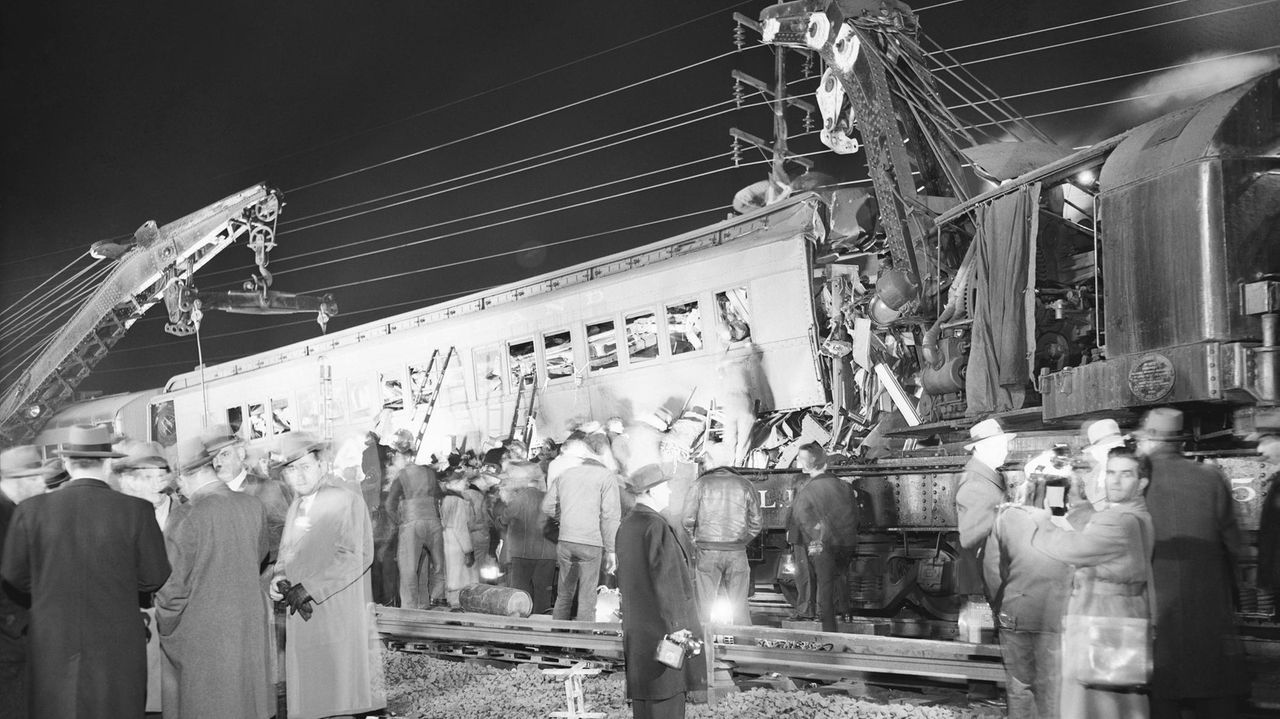
"A pivotal moment in Long Island and metro New York transportation history; one that led state officials to wrest control of the beleaguered, bankrupt LIRR from its long-absentee owner, the Pennsylvania Railroad, leading to millions of dollars in safety improvements and system upgrades and the creation of the Metropolitan Transportation Authority in the 1960s."
"Seventy-five years ago next week, the LIRR suffered what remains the worst crash in its history: the Nov. 22, 1950, Thanksgiving Eve crash on the Kew Gardens-Richmond Hill border in Queens. The final toll: 78 dead, 363 injured. It remains one of the 10 deadliest railroad accidents in U.S. history and the second-deadliest crash in state history, behind the 1918 Brooklyn Rapid Transit subway crash on the Brighton Beach line that killed 102, injured 250."
"Got a complaint your train's running late? Back in 1950, then-Queens District Attorney Charles P. Sullivan suggested a ride on the LIRR was "an open invitation to the morgue.""
The Nov. 22, 1950 Kew Gardens–Richmond Hill collision on the Long Island Rail Road killed 78 people and injured 363, making it the railroad's worst crash and one of the ten deadliest in U.S. history. The disaster exposed chronic LIRR financial distress, absentee ownership by the Pennsylvania Railroad, and long-neglected safety and infrastructure needs. State officials assumed control of the bankrupt LIRR, invested millions in safety improvements and system upgrades, and established the Metropolitan Transportation Authority to oversee regional transit. Public outrage and oversight transformed the LIRR into a more accountable and safer commuter system.
Read at Newsday
Unable to calculate read time
Collection
[
|
...
]